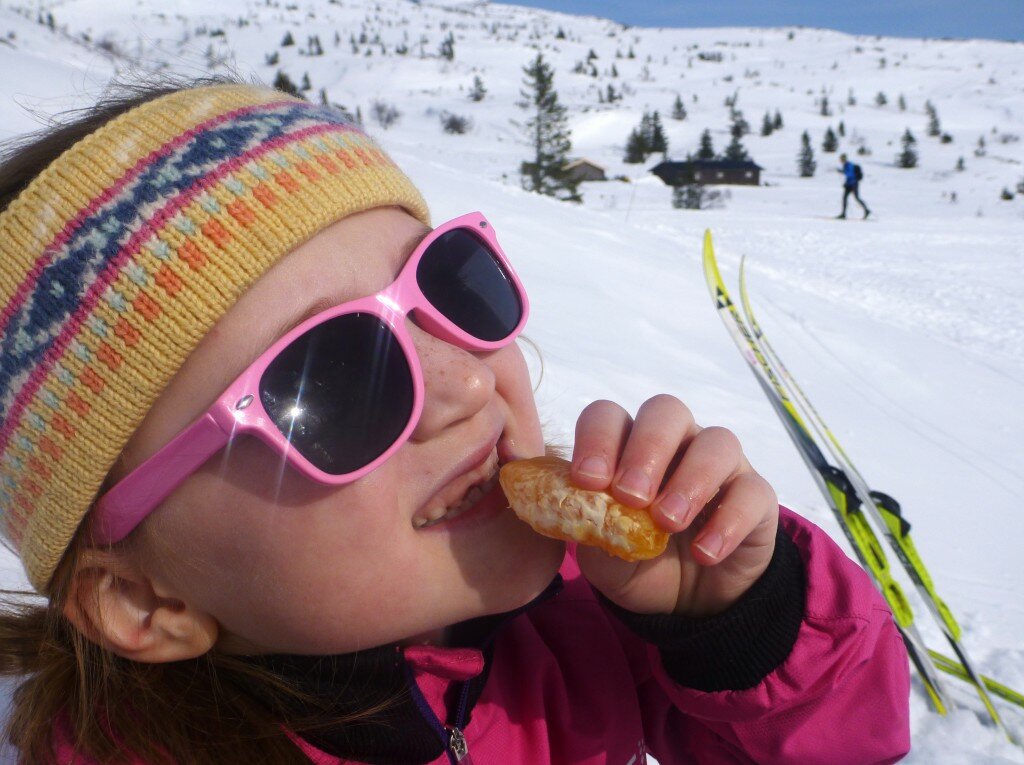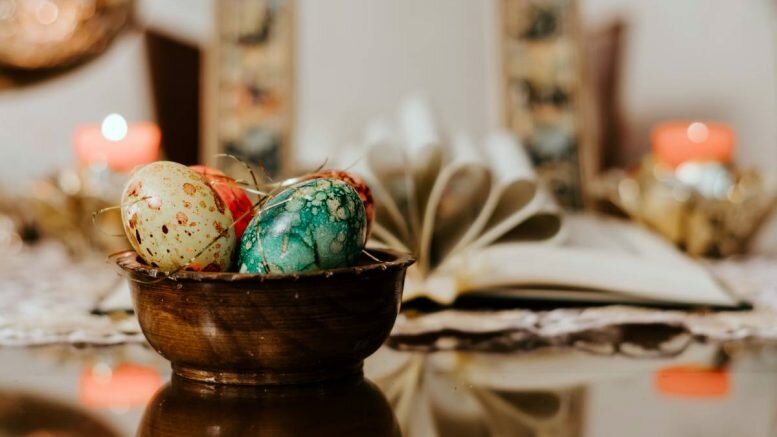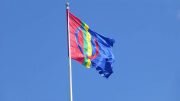Easter is a holiday that Norwegians look forward to with relish. More than just a religious holiday, it can involve one final ski for the season, reading a Nordic crime book, and overdosing on ‘Kvikklunsj’ chocolate and oranges. Norway Today presents the official guide to how Easter is celebrated here in Norway.
Religious origins but still widely celebrated
Easter (Påske) is the traditional Christian celebration of the death and resurrection of Jesus Christ. The Easter Week (Påskeuke) starts on Palm Sunday (Palmesøndag) the day that Christians believe Jesus entered Jerusalem, praised by his followers with palm leaves.
The religious highpoint of the week, and the year, is Good Friday (langfredag). This is the day that Christians believe Jesus was crucified for spreading his beliefs. It is traditional to not eat meat on this day but few people adhere to this strict tradition nowadays.
Easter Sunday (Påskedag) is the day of the celebration of Jesus’ resurrection. Often many people attend Church services for the only time in the year as it is one of the holiest days in the Christian calendar. The end of the Easter period is marked with Easter Monday (Andre Påskedag, “Second Easter Day”).
It should be noted that Easter Saturday (Påskeaften, ‘Easter Eve) is not a public holiday. It is seen as a “break” in the festivities. Shops are open (for people to stock up again on food and drinks) and it is the day where children are traditionally given chocolate in the form of “Easter Eggs”.
Although Norway is a secular country with quite a large agnostic or indifferent attitude towards religion, it still has strong cultural and societal ties to Christianity. The Church of Norway designates Easter as one of the most important holidays of the religious calendar. The government, too, has made Good Friday, Easter Sunday, and Easter Monday public holidays.
Family dinners, lots of chocolate, and oranges
As the Easter period coincides with public days off and school holidays, it is often a time where the family gathers together from all over Norway or the world. This year, with the restrictions enforced by the government, might make that family dinner only possible with the help of zoom!
Easter Friday or Easter Sunday are the traditional days for a family dinner. Any sort of fish dish might be consumed on Easter Friday (if the family is strictly religious) but often the most popular dish for these days is roast lamb with vegetables. The lamb has a double meaning: firstly it represents new life (just like spring, the season that Easter is the beginning of), and also Jesus told his followers that he was the “Lamb of God.” For whatever reason you may have to eat it, it is definitely considered a traditional Norwegian dish!
Chocolate, often in the shape of eggs, is a popular Easter treat. The egg celebrates the new life of the spring period which Easters beckons in. Norwegian chocolate is also popularly consumed throughout the Easter period. The Norwegian chocolate maker, Freia, released its most famous brand, Kvikk-lunsj, in 1937 and it has been the staple of many a post-Easter lunch, dinner, skiing trip, or hike since.

Modern Norwegian Easter traditions: Skiing trips and crime books
As Easter is seen as the start of spring, and thus the end of those long and dark winter nights, it is a time where many people head outdoors for the first time in months. Those that have cabins head all over Norway to celebrate Easter in the mountains or fjords.
As the sun is often out, and the weather not too warm yet, it is the perfect occasion for many to have one final ski trip for the winter season. In the places where the snow has melted, hiking is a popular outdoor activity too. A traditional Norwegian skiing (or hiking) snack is a bar of kvikk-lunsj chocolate (for the energy) and an orange, mandarin, or a clementine.
For those less athletically inclined, reading, especially, crime is a national obsession for Norwegians in Easter. The so-called “Easter Crime” (Påskekrim) supposedly has its origins in the 1920s. An advertising campaign, featuring a fake news article in Aftenposten about a train robbery in Bergen, for the new book by author Nordahl Grieg saw a huge surge in sales.
Ever since, publishers have been rushing out “Påskekrim.” The popularity of world renowned Norwegian crime authors, like Jo Nesbø, helped fuel the Nordic crime boom of the past two decades. Reading a crime book is seen as a tradition and as an essential part of any Easter celebration in Norway.
A very 2021 Easter…
Given the recent lockdown and infection control measures throughout the country, there are still many options to celebrate Easter. Many churches and denominations are offering online zoom services throughout Easter.
As the weather has turned slightly warmer, a socially distanced hike is another option. Finally, what better reason is there than Easter to catch up on the latest Jo Nesbø novel whilst snacking on a kvikk-lunsj or two…
Source: #Norway Today / #NorwayTodayTravel
Do you have a news tip for Norway Today? We want to hear it. Get in touch at [email protected]





I was sitting here at my computer very late last night posting comments concerned about our (U.S., hopefully not Norway) threats to intervene with air attacks on any Russian invasion of Ukraine, when something tried to force its way through the cats’ door.
A LOT of grunting, and this huge white … thing … popped through and its long ears stood up. The Easter Bunny right here in Norway! I FROZE.
It went around depositing these brown and white chocolate Easter eggs in various discreet locations frequented by my children.
This morning, I asked my son about one (of 8) he had found, describing my traumatic encounter last night, and I was wryly told he does not *believe* in the Easter Bunny.
WHERE is the trust among the young these days?? When *I* was 13, *I* believed, as long as the Easter Bunny had brought the gift – scale model battleship, for example – I wanted. :-/